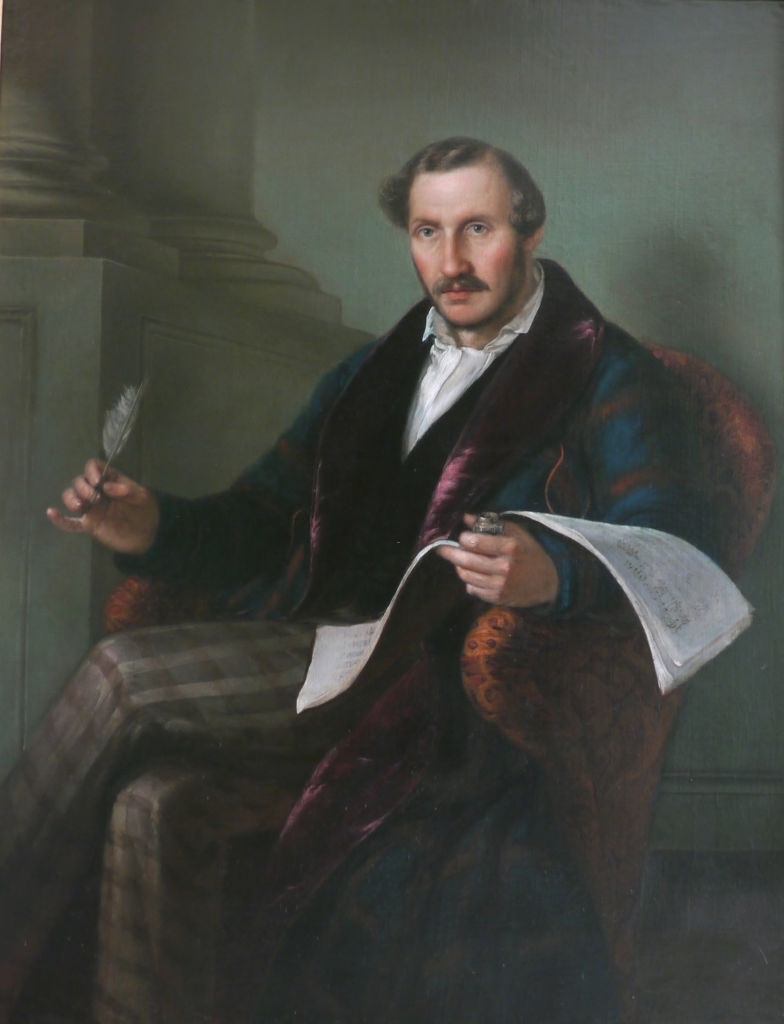Introduction
In this article, I would like to talk to you most practically and concisely possible about one of the most influential works of the Italian nineteenth century: Lucia Di Lammermoor (1835), by Gaetano Donizetti (1797-1848). Of a compositional tendency opposed to that of his contemporary Bellini, who, as we have seen in a previous article, refined his works with extreme caution, Donizetti wrote a surprising amount of works: in twenty years he produced more than seventy of them, alternating compositions of great value with other ordinary ones with which he “earned” the epithet “Dozzinetti”.

Lucia Di Lammermoor
Lucia Di Lammermoor is considered by most musicologists the absolute masterpiece of Donizetti’s tragedy and the one worthy of the greatest historiographical attention as it presents many, if not all, characteristics of Donizetti’s style; it is in three acts and characterized by a plot inspired by Walter Scott’s novel The Bride of Lammermoor, which appears at a careful glance very similar to that of Shakespeare’s Romeo and Juliet (we will soon see why). The libretto was edited by Salvatore Cammarano (1801-1852), and the opera was composed, according to the tendency of the composer from Bergamo, over about forty days (a real record, if we consider the impact that the opera had on the nineteenth century).
The plot at a glance
The prelude opens with timpani and horns, in a funereal atmosphere that will be resumed in the final scene of Lucia’s entrance to the wedding, following Arturo’s cavatina: the wedding party is interrupted by Lucia’s entrance, bloodied and mad. But let’s take a step back to understand the context of this grim ending. Lucia is in love with Edgardo, and Arturo is a character who is imposed as a husband to Lucia after she, in love with Edgardo, had exchanged wedding rings with the latter. To impose the marriage between Lucia and Arturo was Lord Enrico, who despised Edgardo and for this reason had deceived Lucia, announcing with a counterfeit letter the marriage of the latter with another woman. Of course Lucia at this point, in desperation, is convinced to marry Arturo: but Edgardo breaks into the ceremony, in an absolutely unexpected way, cursing Lucia and returning the ring with which the two had sworn eternal love. Soon after, Lucia in desperation will return her own. The wedding party ends definitively when it is discovered that Lucia, in the grip of madness, murdered Arturo during the wedding night. At dawn, Enrico and Edgardo challenge each other to a duel, but the death knell announcing Lucia’s death upsets Edgardo so much that he, as had already happened in Shakespeare’s tragedy, takes his own life.
Most famous scenes
Famous is the Scene Of Madness, which we mentioned above, when a character of the opera named Raimondo announces the murderous madness of Lucia (who had murdered her husband). You can listen to it below:
Another famous moment is represented by the scene and cavatina Regnava Nel Silenzio, interpreted by Maria Callas in the listening proposed below:
Considering the difficulty of Lucia Di Lammermoor’s score, which does not lend itself to compositional insights in a popular article, we remind you that if you want to deepen the musical analysis, there is our special individual online course: you can find the program in the online courses section > the course program, or book an individual lesson online by consulting the availability calendar directly here.
Conclusions
For today’s article we stop here: continue to follow us, in a next page we will continue this very interesting speech, analyzing in detail Donizetti scores in the Musical Analysis section. You can subscribe to the e-mail form to not miss the next updates and receive a notification at each new publication: see you in tomorrow’s article!
- History Of The Piano – The Fortepiano - July 12, 2022
- Curt Sachs – History Of Organology At a Glance - July 8, 2022
- Giuseppe Verdi – Rigoletto, Il Trovatore, La Traviata - June 29, 2022
